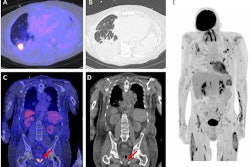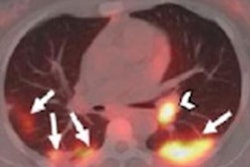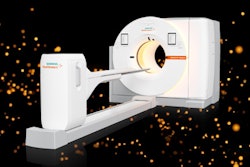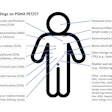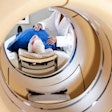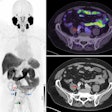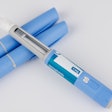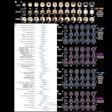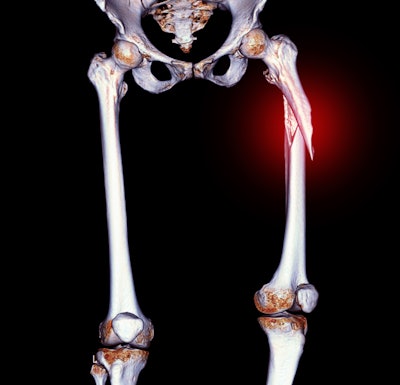
PET/CT is an effective diagnostic tool for diagnosing refractory fracture-related infections in the lower limbs, according to a study published August 1 in the Bone and Joint Journal.
The finding is from a retrospective analysis of 429 PET/CT scans performed in patients who had infections that persisted after at least two prior treatments, noted lead author Weijie Cai, MD, of Shanghai Jiao Tong University in Shanghai, China, and colleagues.
"While high initial costs may limit its routine use, its ability to reduce recurrence and improve outcomes makes it invaluable for managing complex cases," the group wrote.
Fracture-related infection (FRI) is a severe complication following trauma surgery, with recurrence rates ranging up to 28%, depending on factors such as infection chronicity, treatment strategy, and patient characteristics, the authors explained. Precise diagnosis is critical for improving patient outcomes, yet diagnosing FRI remains challenging, particularly in chronic cases, which often present with diverse and atypical clinical manifestations, the authors wrote.
To explore the potential added value of F-18 FDG-PET/CT in these cases, the authors reviewed PET/CT scans performed on patients with suspected FRI between November 2016 and October 2021 at their tertiary orthopedic center. FRI involved an infection either after an open fracture or following fracture surgery, with refractory FRI defined as infections persisting after at least two previous treatments (either pharmacological or surgical).
Out of 429 scans, F-18 FDG-PET/CT confirmed signs of infection in 202 patients (47%). The median maximum standard uptake value (SUVmax) of the entire cohort was 4.6, with significantly higher values in the infection group (4.5 to 7.5) compared with the noninfection group (2.7 to 4.3), the researchers reported.
In addition, the group calculated that the optimal SUVmax threshold was 4.75, which yielded a sensitivity of 70.7% and specificity of 85.6% for detecting FRI.
"In refractory FRI cases, PET/CT effectively localized infection sites and provided semiquantitative SUV values supporting tailored surgical planning," the group wrote.
While the cost of PET/CT scans limits their accessibility, refractory FRI cases are characterized by multiple failed surgeries, atypical clinical presentations, low-virulence infections, and the risk of limb loss, the authors noted. Studies have shown that managing FRI involves notably more surgeries, longer hospital stays, and higher medical costs compared with routine fractures, they added.
The detailed metabolic and anatomical information provided by F-18 FDG-PET/CT supports a more targeted surgical approach, which may reduce reoperations and long-term complications, and offsetting initial expenses, they suggested.
"This study reinforces the importance of PET/CT as a precise and effective diagnostic tool, paving the way for improved treatment outcomes in orthopedic infection management," the researchers concluded.
The full study is available here.






